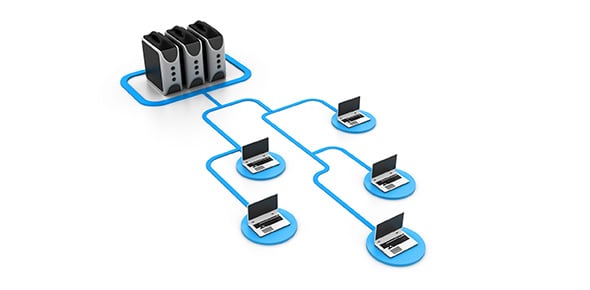Networking 101 Multiple Choice Quiz!
- IEEE
- ISO/IEC
Personalize your quiz and earn a certificate with your name on it!
Submit
Submit
Submit
Quiz Review Timeline (Updated): Jan 10, 2024 +
Our quizzes are rigorously reviewed, monitored and continuously updated by our expert board to maintain accuracy, relevance, and timeliness.
-
Current Version
-
Jan 10, 2024Quiz Edited by
ProProfs Editorial Team -
Jan 26, 2018Quiz Created by
Graeme Strachan
















